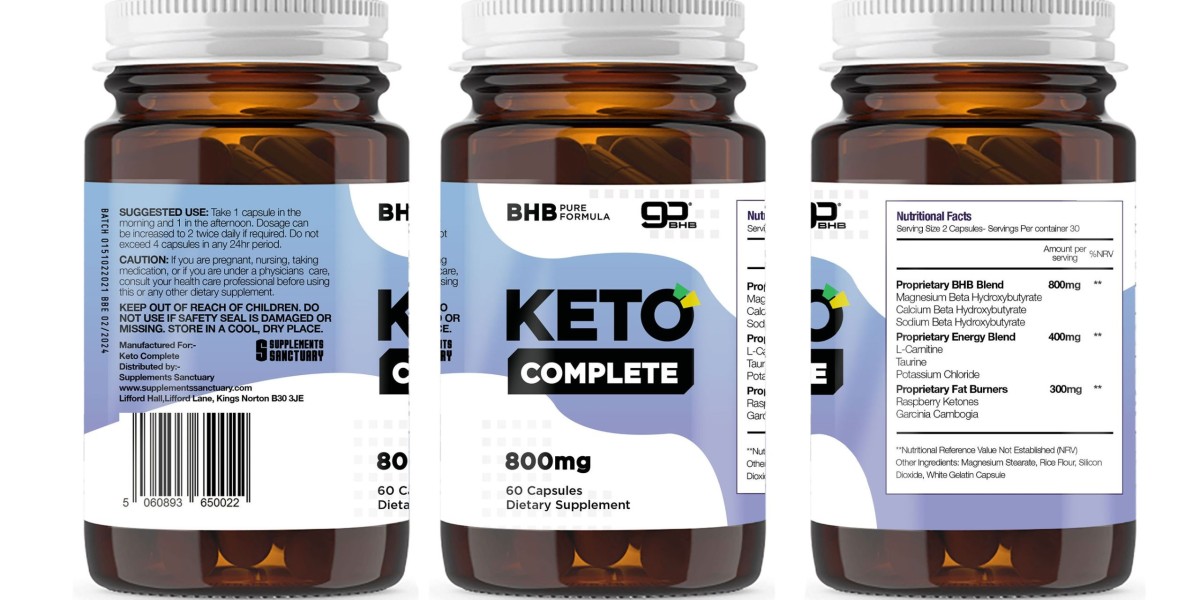Understanding HR+/HER2- Breast Cancer
HR+/HER2- breast cancer is characterized by the presence of hormone receptors that promote tumor growth in response to estrogen or progesterone while being negative for HER2, a protein that can fuel cancer cell growth. This subtype often has a better prognosis compared to other breast cancer types but is not without its complexities. Many patients experience disease progression after initial hormonal treatments due to the development of resistance.
The Need for New Therapeutics
The conventional treatment approach for HR+/HER2- breast cancer primarily involves hormonal therapies such as tamoxifen and aromatase inhibitors. However, as resistance develops, there is a critical need for new therapeutics that can effectively target the underlying mechanisms of tumor growth. Emerging drugs aim to not only combat resistance but also provide more effective and personalized treatment options for patients.
Key Emerging Drugs
CDK4/6 Inhibitors:
Examples: Palbociclib, ribociclib, abemaciclib.
Mechanism: These drugs inhibit cyclin-dependent kinases 4 and 6, which are essential for cell cycle progression. By disrupting this process, CDK4/6 inhibitors effectively reduce tumor growth when used alongside hormonal therapies, providing a significant advancement in treatment efficacy.
PI3K Inhibitors:
Example: Alpelisib.
Mechanism: Specifically targets PIK3CA mutations found in some HR+/HER2- tumors. By inhibiting the PI3K pathway, which is often activated in resistant cancers, this drug aims to improve treatment response and patient survival rates.
New Endocrine Agents:
Example: Elacestrant.
Mechanism: A selective estrogen receptor downregulator (SERD) that effectively reduces estrogen receptor signaling, offering a potential alternative for patients whose tumors have become resistant to traditional hormonal therapies.
Antibody-Drug Conjugates (ADCs):
Example: Trastuzumab deruxtecan (although primarily for HER2+ cancers, some research explores its potential in HR+/HER2-).
Mechanism: These conjugates link a chemotherapy drug to an antibody that targets specific cancer cells, delivering targeted therapy while minimizing damage to healthy cells.
Novel Combination Therapies:
Current research is investigating combinations of existing therapies with emerging drugs to enhance treatment efficacy and combat resistance. For example, combining CDK4/6 inhibitors with endocrine therapies has shown improved outcomes in clinical trials.
Clinical Trials and Evidence
Numerous clinical trials are underway to evaluate these emerging therapies in HR+/HER2- breast cancer. Trials are focusing on various settings, from early-stage disease to metastatic cases, aiming to assess the safety and efficacy of these innovative treatments. Results from these trials are expected to shape clinical practice guidelines and establish new standards of care for HR+/HER2- breast cancer.
Market Implications
The advent of these revolutionary therapies is poised to transform the HR+/HER2- breast cancer market. Factors contributing to this transformation include:
Personalized Medicine: With a growing emphasis on tailoring treatments based on genetic and molecular profiling, emerging drugs are enabling a shift towards more personalized treatment strategies, leading to better outcomes.
Improved Patient Outcomes: The introduction of novel therapeutics aims to overcome resistance and improve survival rates, providing hope to patients facing advanced disease.
Increased Market Investment: As the demand for effective breast cancer therapies rises, pharmaceutical companies are investing heavily in research and development, driving innovation in this critical area of oncology.
Challenges Ahead
While the future looks promising, challenges remain. The complexity of HR+/HER2- breast cancer, coupled with the potential for drug resistance and treatment-related toxicities, underscores the need for ongoing research and vigilance in monitoring patient responses to therapy. Additionally, access to these emerging therapies may be limited in some regions due to cost and healthcare infrastructure.
Conclusion
Revolutionary treatments are indeed on the horizon for HR+/HER2- breast cancer, with emerging drugs promising to enhance the efficacy of existing therapies and provide new options for patients. As research advances and clinical trials yield positive results, the landscape of HR+/HER2- breast cancer treatment is expected to evolve significantly, offering renewed hope for better outcomes and quality of life for those affected by this challenging disease.
Latest Reports
Pharmaceutical Consulting Companies | Progressive Multifocal Leukoencephalopathy Market | Necrotizing Enterocolitis Market | Chronic Progressive Multiple Sclerosis Market | Brain Aneurysm Stents Market | Chronic Hepatitis Delta Virus Market | Post-transplant Lymphoproliferative Disease Market | Filgrastim Biosimilar Insight | Peripheral Neuropathic Pain Market | Chronic Gout Market | Human Papilomavirus Market | Allergic Asthma Due To Dermatophagoides Farinae Market | Epithelial Ovarian Cancer Market | Neurovascular Devices Market | Palmar Hyperhidrosis Market Size | Adrenogenital Syndrome Market | Blood Gas And Electrolyte Analyzers Market | Bone Anchored Hearing Systems Market | Cardiac Resynchronization Therapy Device Market | Gout Market | Healthcare Subscription Models | Menopause Market | Allergic Rhinoconjunctivitis Market | Cerebral Aneurysm Market








